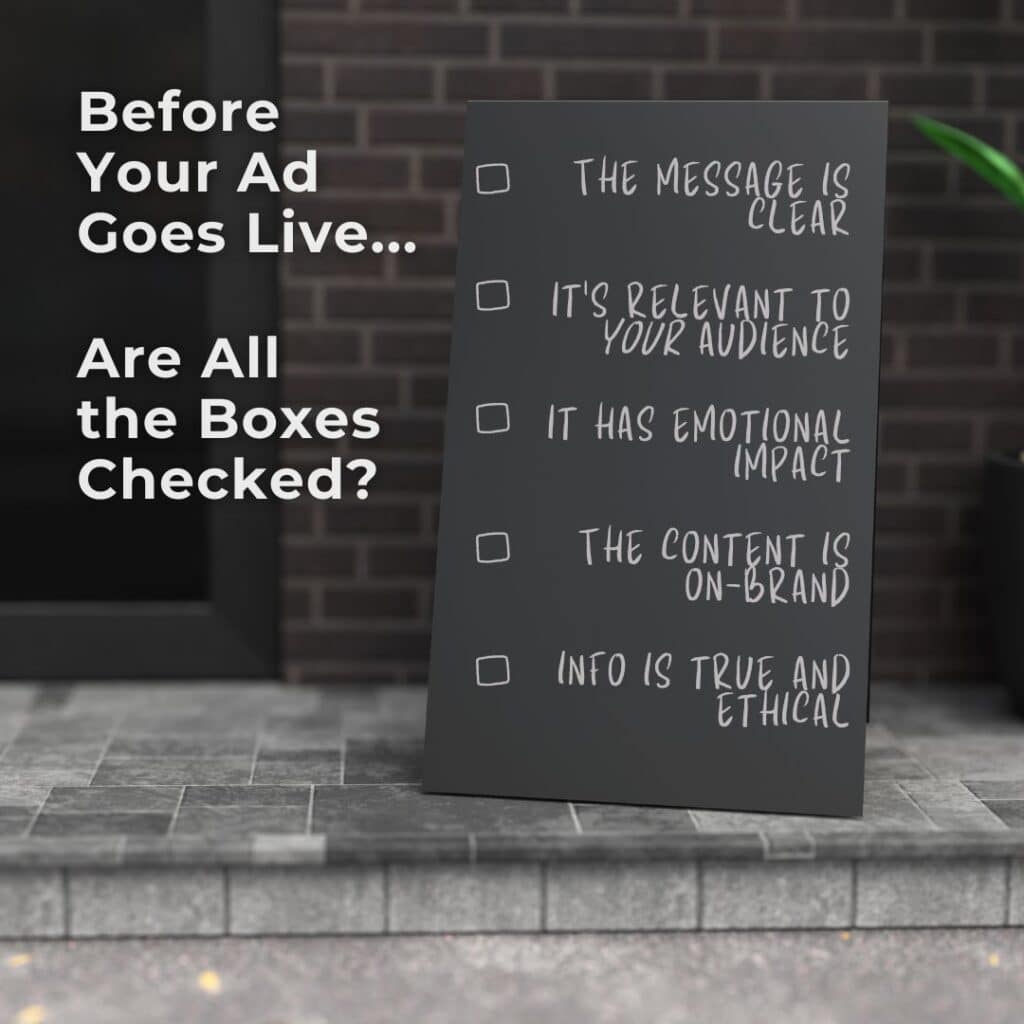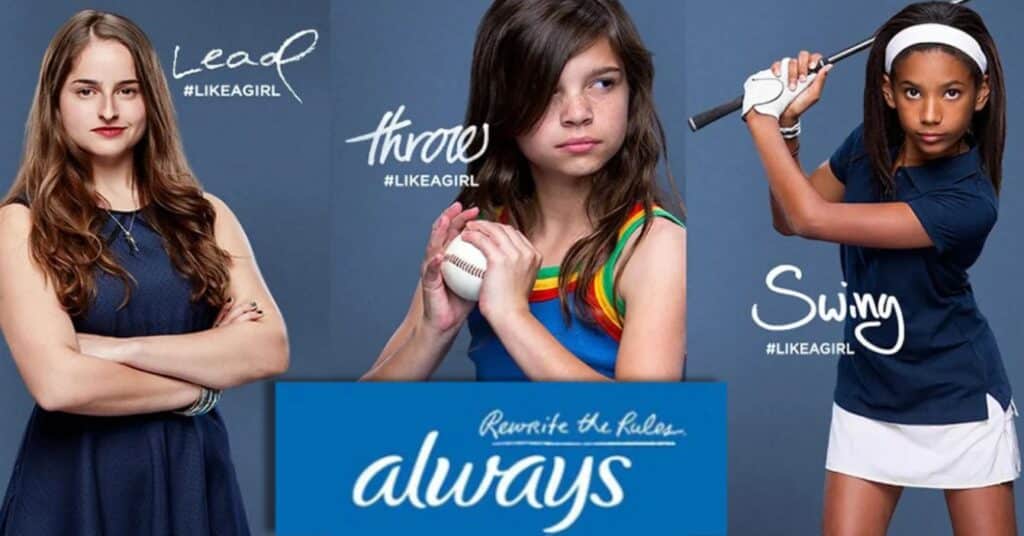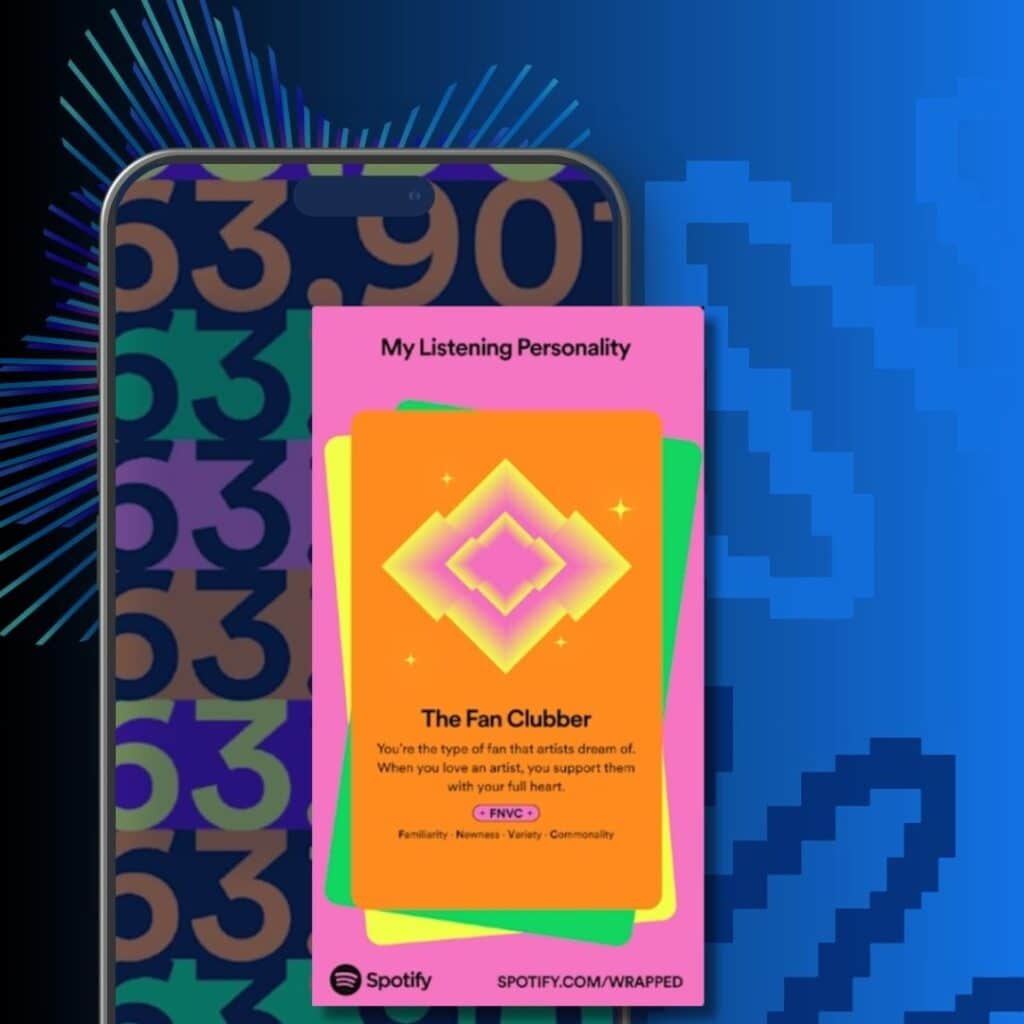Last updated on February 10th, 2025 at 05:46 pm
Great advertising grabs attention, sparks emotion, and sticks in people’s minds. But sometimes, a brand misses the mark so badly that ads go viral for all the wrong reasons. This article will look at some of the dumbest ads of all time, what went wrong, and the lessons everyone can take away.
From tone-deaf marketing to outright offensive content, some of the prime examples have left audiences confused, angry, or just embarrassed for the brand. Don’t worry, though—we’ll also run through some great examples of ads done right!
How Did We Judge This?
Not every bad ad is a failure, and not every successful ad gets it right in the traditional sense. Some ads break best practices but still connect with their audience, while others follow a standard formula and fall flat.
So, what separates a great ad from a disaster? Effective advertising usually checks a few key boxes:
-
- Clear messaging – If people have to guess what’s being sold or why it matters, the message is lost.
- Relevance to the audience – Misreading cultural trends, humor, or values for your customers can quickly turn an ad into a PR headache.
- Emotional impact – Whether it makes people laugh, feel inspired, or take action, an ad should trigger a response beyond confusion or frustration.
- Brand alignment – A campaign should fit the company’s identity and reputation. If an ad strays too far from what people expect from a brand, it can create doubt instead of trust.
- Ethical responsibility – Misleading claims, insensitive themes, or thoughtless execution can create a backlash that hurts the brand more than the ad helps.
When an ad fails, it’s usually because it misses one (or more) of these points.

Some of the Dumbest Ads of All Time
Even major brands with massive budgets and marketing teams aren’t immune to bad advertising decisions. Below are some of the most infamous (and dumbest) ads of their time—we’ll explain the blunders and what went wrong.
Balenciaga’s Disturbing Ad Campaign (2022)
Luxury fashion brand Balenciaga sparked outrage with an ad campaign featuring children holding teddy bears dressed in provocative accessories.
The ad also included court documents related to child exploitation laws, making things worse.
-
- Immediate backlash from the public and media forced Balenciaga to remove the campaign and issue an apology.
- Critics accused the brand of being tone-deaf and exploiting shock value for attention.
- Balenciaga later sued the production team behind the ad, claiming they were unaware of the troubling elements, but the damage to their reputation was already done.
Tesla’s Misleading Self-Driving Ad (2023)
Tesla, known for pushing the boundaries of automotive technology, released promotional material showcasing its self-driving capabilities.
The problem? The footage was staged, showing a car seemingly operating autonomously when it actually wasn’t.
-
- Regulators, safety advocates, and customers called out Tesla for making misleading claims about its technology.
- The ad led to lawsuits and increased scrutiny of Tesla’s driver-assistance systems.
- The controversy reinforced the importance of truthful advertising, especially when safety is involved.
Peloton’s “Wife Gets a Bike for Christmas” Ad (2019)
Peloton’s holiday ad showed a husband giving his already-fit wife a Peloton bike. The ad followed her documenting her workouts, seemingly to prove her dedication to fitness.
While it may have come from a place of good intention, viewers criticized the commercial for reinforcing outdated gender roles and unrealistic expectations.
Peloton’s stock plunged 15% in three days, wiping more than $1.5 billion from its market capitalization
-
- Many saw the ad as tone-deaf, suggesting that women should aspire to meet an idealized body standard.
- The backlash caused Peloton’s stock to drop sharply in the days following the ad’s release.
- Peloton defended the campaign, but the internet had already turned it into a meme, shifting the narrative away from the brand’s control.

A look at the Peloton stock drop in the few days following their 2019 holiday ad
Snapchat’s “Would You Rather?” Domestic Violence Ad (2018)
Snapchat ran an interactive ad for a mobile game that asked users if they would rather “slap Rihanna” or “punch Chris Brown.”
Given the real-life history of domestic violence between the two celebrities, the ad was instantly condemned.
-
- Rihanna herself called out Snapchat for making light of domestic abuse.
- The platform faced backlash for allowing such a careless ad to run, damaging its reputation.
- Snapchat removed the ad and apologized, but its failure to vet the content beforehand raised concerns about its advertising policies.
The Common Ad Fail Themes
Looking at these examples, clear patterns emerge in why these campaigns failed:
-
- Ignoring audience sensitivities. Ads that don’t consider cultural, social, or ethical concerns often backfire.
- Relying on shock value. Trying to be edgy or controversial can quickly cross the line into offensive territory.
- Misleading messaging. Overpromising, exaggerating, or staging false scenarios can erode consumer trust.
- Lack of internal oversight. Many of these ads could have been avoided if more diverse perspectives had been involved in the approval process.
- Forgetting brand identity. Ads that don’t align with what customers expect from a brand can cause confusion or backlash.
Ads That Got It Right
Not all are disasters, though! Sitting opposite the dumbest ads of all time are some campaigns that stand out for all the right reasons, showing how strong messaging, audience awareness, and creativity can make a lasting impact.
1) Always’ “Like a Girl” Campaign (2014)
-
- Took a common insult and flipped it into an empowering statement.
- Used real people instead of actors to create an authentic and relatable message.
- Went viral, resonated globally, and reinforced Always’ commitment to equality.

2) Nike’s “Just Do It” Kaepernick Ad (2018)
-
- Featured former NFL quarterback Colin Kaepernick with the tagline “Believe in something. Even if it means sacrificing everything.”
- Took a bold stance on social justice, sparking debate but also driving a huge boost in brand engagement.
- Nike’s stock initially dipped but rebounded with record sales, proving that knowing your audience pays off.
3) Spotify’s “Wrapped” Campaign
-
- Made users the center of the campaign by celebrating their listening habits with personalized, shareable reports.
- Created a sense of community by making music data fun and engaging.
- Became an annual event that users look forward to, boosting brand loyalty and social media buzz.
These campaigns succeeded because they connected with the audience in a meaningful way. They told compelling stories, aligned with brand values, and sparked genuine conversations.
After the 2020 Wrapped went out, Spotify saw a 21% increase in mobile app downloads.

Lessons to Take Away
Great advertising isn’t just about selling a product—it’s about telling a story, making an emotional impact, and building trust with your audience.
The best campaigns are carefully planned, well-executed, and created with the right people in mind. Here’s what marketers can take away from the successes and failures we’ve covered:
-
- Know your audience. Test campaigns with real people before launching to avoid tone-deaf messaging.
- Anticipate public reaction. If there’s a chance something could be misinterpreted, rethink the approach.
- Diversity in decision-making matters. A well-rounded team helps catch potential issues before they go public.
- Authenticity wins. Consumers can see through forced messaging, but they respond to brands that feel real.
- Quality control is key. A second (or third) round of review can prevent costly mistakes.
Conclusion
Advertising missteps happen, even to the biggest brands. But when an ad fails, it’s not just about wasted marketing dollars—it’s about lost trust and damaged reputation.
The best marketing is thoughtful, audience-centered, and aligned with brand values. That’s where Wolfpack Advising comes in. If you want to create ad campaigns that connect with the right audience and drive real results, we can help you craft a strategy that works.




